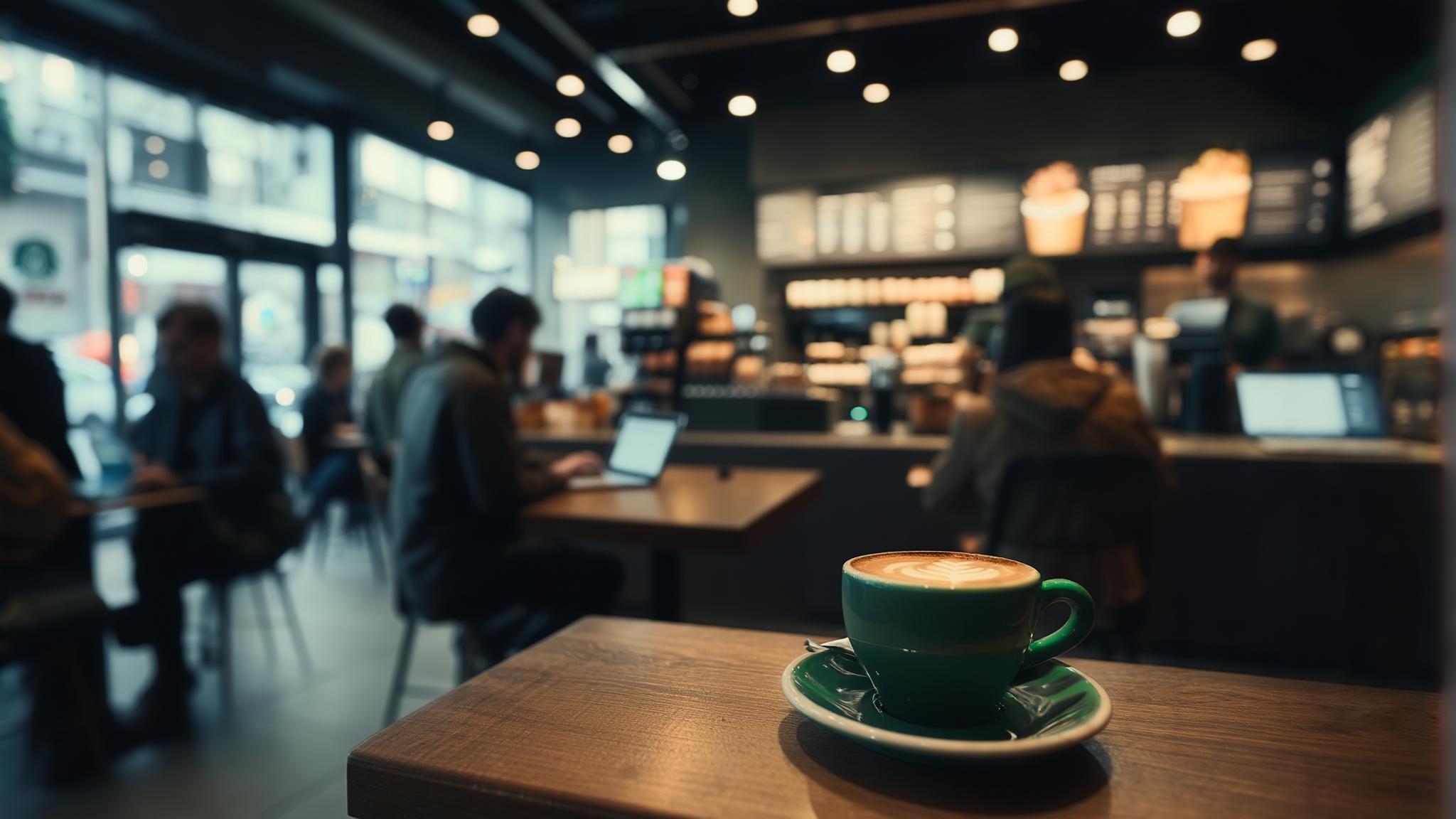With over 32,000 stores spanning more than 80 countries worldwide, Starbucks has successfully spread its coffee culture on a global scale according to The Strategy Institute. This remarkable expansion from a single Seattle coffee bean shop to a global empire represents one of the most successful business transformations in modern retail history.

Table of Contents
-
Business Evolution: From Bean Seller to Global Lifestyle Brand
-
Digital Revolution: Mobile Apps and Customer Data Mastery
-
Marketing Strategy: Building Emotional Connections at Scale
-
Crisis Management: Turning Challenges into Growth Opportunities
TL;DR
-
Starbucks transformed from a small Seattle coffee roaster into a global empire by creating the “third place” concept – positioning stores as community hubs between home and work
-
Their mobile app and loyalty program became industry benchmarks, using customer data to drive personalized experiences and increase lifetime value
-
Premium positioning in a mass market required balancing high-quality experiences with accessible locations and consistent brand messaging
-
Crisis management strategies, from economic downturns to social controversies, demonstrated how transparency and decisive action can strengthen brand loyalty
-
Global expansion success came from adapting local tastes while maintaining core brand identity across diverse international markets
Business Evolution: From Bean Seller to Global Lifestyle Brand
You know what blows my mind about Howard Schultz? The guy took what was basically a coffee bean store and completely flipped the script. When you really dig into how Starbucks grew, you realize he wasn’t just selling coffee – he was creating something that didn’t even exist before.
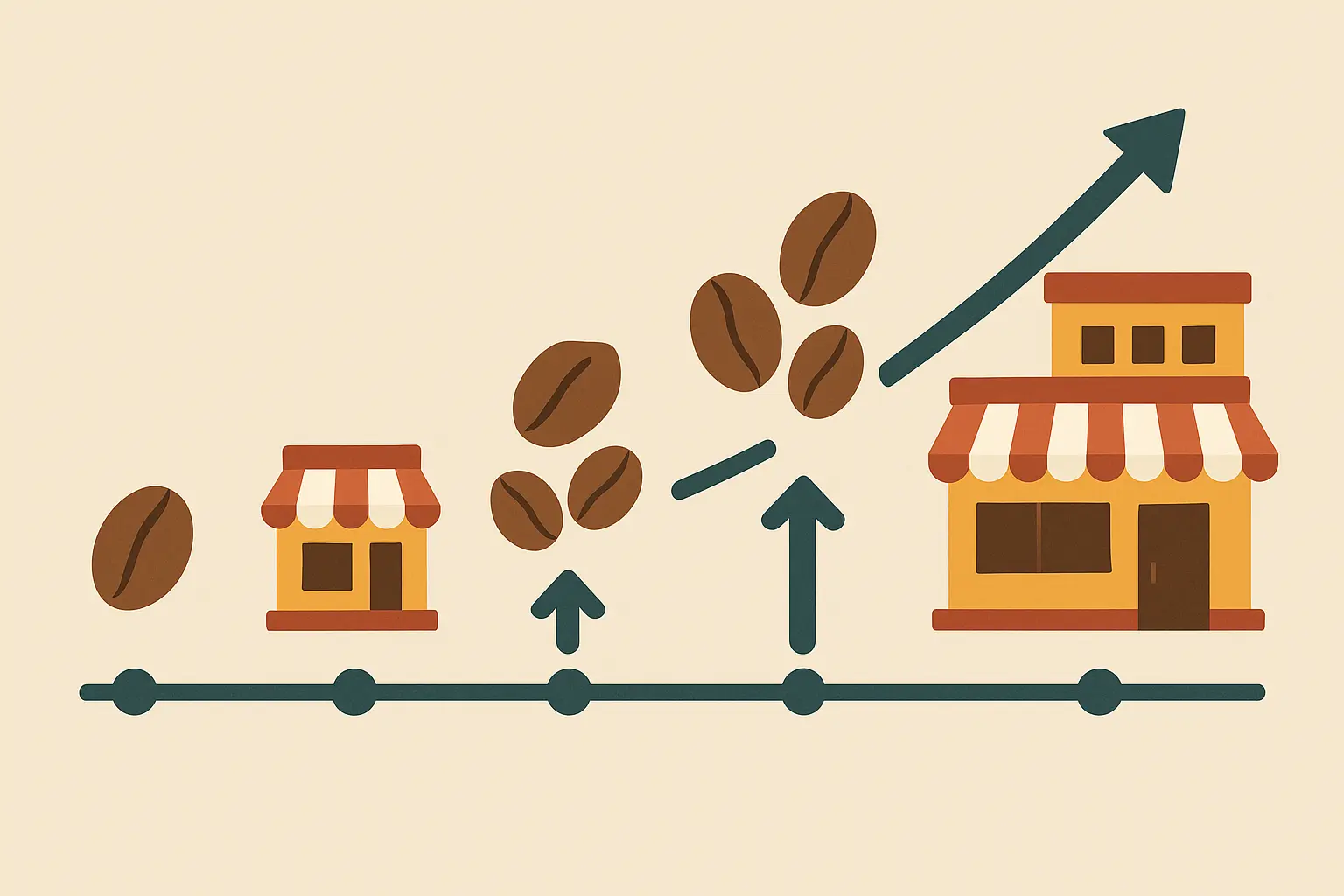
The Third Place Revolution: Redefining Coffee Culture
So Schultz visits Italy, sees these amazing espresso bars, and has this lightbulb moment. He realizes Americans don’t really have anywhere to go between home and work – no place to just… be. That’s where the whole “third place” thing came from, and honestly, it was genius.
But here’s the thing – creating that vibe isn’t easy. Every single detail mattered. The music couldn’t be too loud or too quiet. The chairs had to be comfortable enough for you to want to stay, but not so comfy that you’d never leave. Even the lighting was carefully planned to make you feel relaxed without falling asleep.
What’s crazy is how they managed to make this feel consistent across thousands of stores. Think about it – you can walk into a Starbucks in Seattle or Miami and somehow it still feels like “Starbucks.” That takes serious planning.
This approach to maintaining brand consistency mirrors how successful companies today develop comprehensive advanced analytics for strategic growth to maintain quality standards across multiple locations and touchpoints.
Walk into any Starbucks in Midtown Manhattan during lunch rush, and you’ll see what I mean – everyone’s hunched over laptops with their venti cold brew, treating it like their personal office. Compare that to the suburban location near my house where moms with strollers camp out for hours while their kids nap.
Community Hub Strategy: More Than Just Coffee
Here’s where Starbucks got really smart about location. They didn’t just throw darts at a map and hope for the best. Their real estate team actually studied where people naturally hung out – near offices, universities, busy shopping areas. They wanted spots where foot traffic was already happening.
The store design wasn’t random either. They used smart design choices to make spaces feel welcoming. The way tables and chairs were arranged encouraged both solo laptop sessions and group hangouts. Even the height of everything was planned out to get people talking to each other.
But the real magic happened with the staff training. Instead of just focusing on making drinks fast, baristas learned customers’ names and orders. Suddenly, getting coffee became this little social moment you actually looked forward to. Pretty brilliant, right?
|
What Made It Work |
Why It Mattered |
What You Actually Experienced |
|---|---|---|
|
Comfy seating |
Kept you there longer |
You’d order a second drink |
|
Good lighting |
Made you feel relaxed |
You wanted to come back |
|
Free WiFi |
Attracted remote workers |
Became your backup office |
|
Carefully chosen music |
Set the mood |
Felt like the right vibe |
|
Smart layout |
Got people mingling |
Met friends, had conversations |
Global Expansion: Balancing Consistency with Local Adaptation
Now here’s where things get tricky. How do you stay “Starbucks” when you’re opening in completely different cultures? Currently, Starbucks currently has over 450 stores across 70 cities in India and is planning to reach 1000 stores by 2028 according to StartupTalky, demonstrating their continued commitment to strategic international expansion.
Each new country was like solving a puzzle. Japanese customers wanted smaller drinks and totally different flavors. Europeans basically laughed at American coffee quality. Middle Eastern markets needed different store layouts for cultural reasons.
The solution was pretty smart – figure out what absolutely couldn’t change (quality, service, atmosphere) and then be flexible with everything else (menu, some design elements, local partnerships).
In China, they started serving tea-based drinks and changed how stores were laid out because people socialize differently there. In Italy – and this is hilarious considering that’s where Schultz got his inspiration – they had to prove to Italians that their coffee didn’t suck. Talk about pressure.
Understanding different market dynamics requires comprehensive market sizing analysis to identify business opportunities in each region while maintaining brand consistency across diverse customer segments.
In India, they partnered with Tata and started serving Tandoori Paneer Rolls alongside Frappuccinos. Sounds weird, but it worked because they kept the core Starbucks experience while giving people familiar food options.
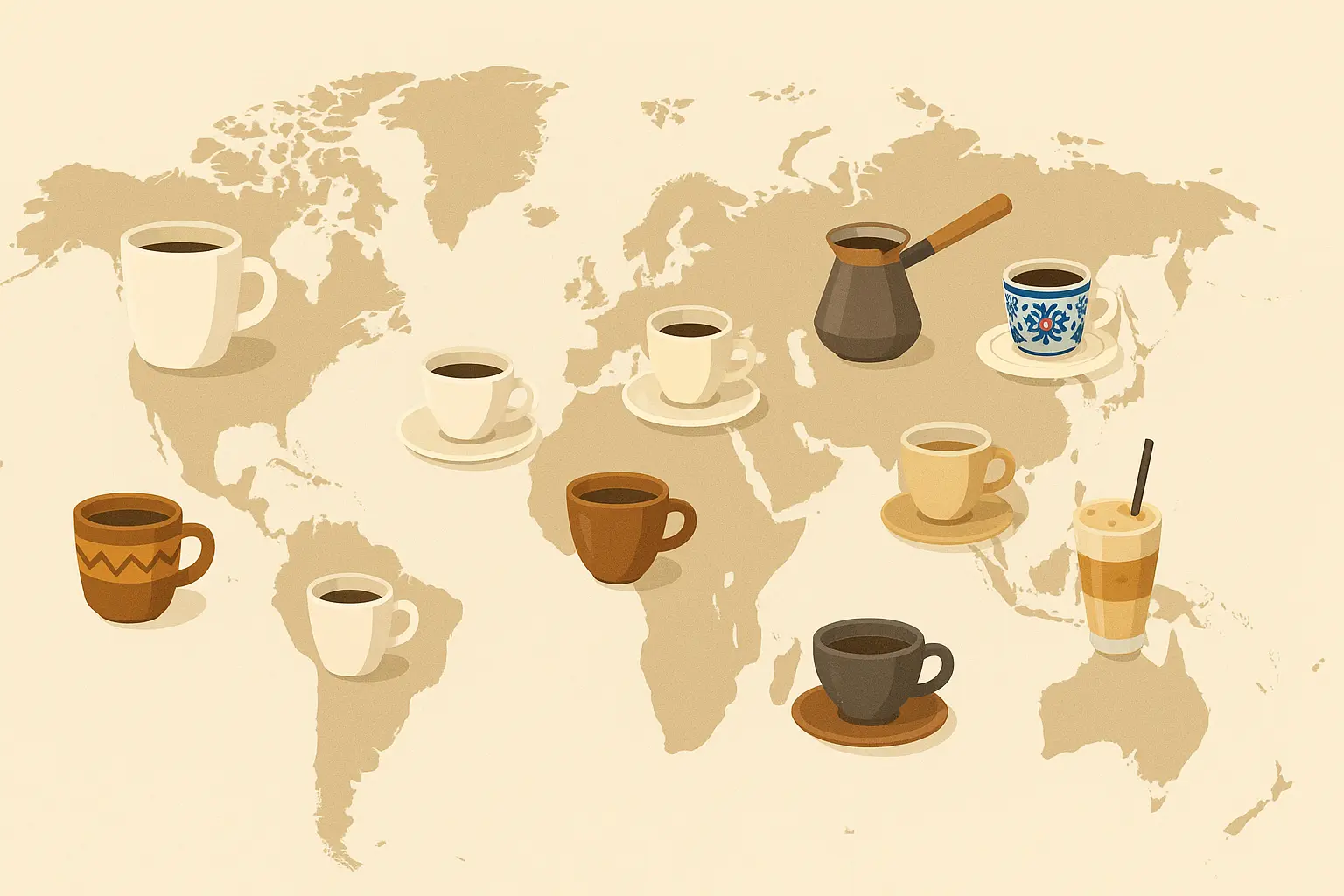
Market Entry Strategy Evolution
Starbucks learned pretty quickly that one size doesn’t fit all when entering new markets. Some places worked great with company-owned stores where they had total control. Others needed local partners who knew the market and had connections.
Joint ventures gave them local expertise and relationships. Company-owned stores meant they could control every detail of the experience. Licensed partnerships let them expand fast without huge upfront costs.
The trick was matching the strategy to what each market needed. Complex regulations or tough local competition? Better get a local partner. Business-friendly environment with good growth potential? Go it alone and keep full control.
Digital Revolution: Mobile Apps and Customer Data Mastery
Here’s what I find fascinating about Starbucks and technology – they figured out early that mobile wasn’t going to replace the human connection they’d built their brand on. Instead, it could make that connection even better.
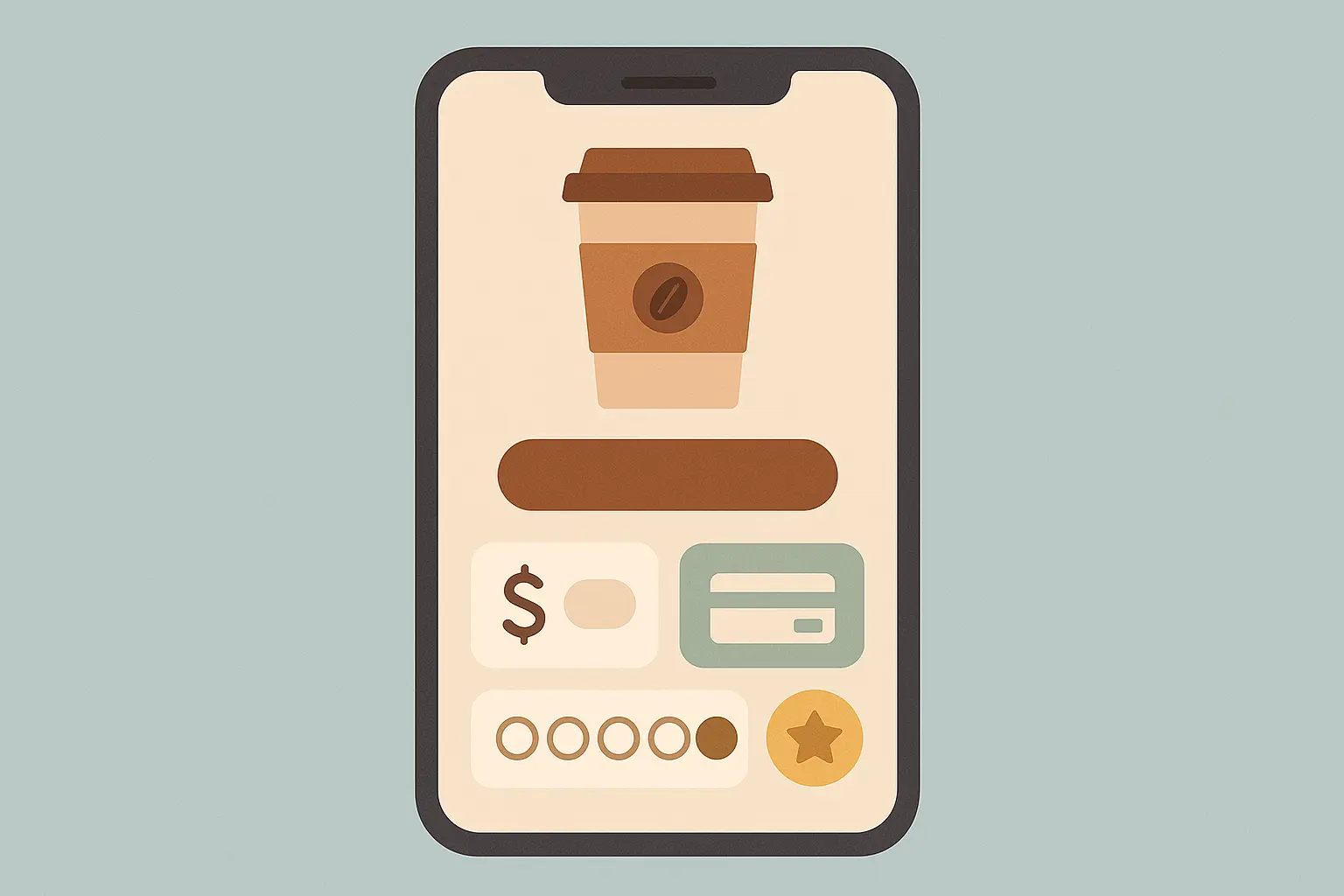
Mobile App Integration: Creating Digital Convenience
Get this – by July 2013, over 10% of in-store purchases were made on the client’s cell phones utilizing the Starbucks app according to StartupTalky, demonstrating the rapid adoption of mobile technology in retail transactions.
We’ve all been there – you’re running late for work, and the line at Starbucks is wrapped around the block. That’s exactly the problem their mobile app solved. Suddenly, you could order from your Uber and just walk in to grab your drink. Game changer.
But the app wasn’t just about mobile payments (though that was huge for skipping those crazy morning lines). They packed in loyalty points, personalized offers, and order-ahead functionality. Suddenly, you had multiple reasons to use the app every single time.
The technical stuff behind this was no joke. Payments had to be secure and lightning-fast. Inventory systems needed real-time updates so you couldn’t order something that was already sold out. And stores had to handle mobile orders without making the in-person customers feel ignored.
Data-Driven Personalization: Understanding Individual Customers
Every time you used that app, Starbucks was learning about you. What you ordered, when you ordered it, where you were, seasonal patterns – all of it building this detailed profile of your coffee habits.
Their app got scary good at knowing what you wanted. Order the same drink three times, and boom – it’s suggesting it every Tuesday at 9 AM when you usually cave and need caffeine. Summer rolls around? Suddenly you’re seeing iced drink promotions. Winter hits? Hot drink deals start showing up.
But here’s the really smart part – they used all this individual data to make bigger business decisions. Popular drink modifications became official menu items. Peak hour patterns helped them figure out staffing. Seasonal preferences guided those limited-time offers that everyone gets obsessed with.
This level of data-driven personalization requires implementing continuously learning AI systems that adapt and improve customer experiences based on behavioral patterns and preferences.
Say you’re someone who orders a Grande Pike Place with oat milk every weekday at 7:30 AM. The app learns this pattern and starts sending you a push notification with a discount on your usual order when you’re within walking distance of your regular Starbucks during your typical coffee time. Creepy? Maybe a little. Convenient? Absolutely.
Gamification and Loyalty: Making Coffee Purchases Fun
The Stars rewards program was genius because it turned your daily coffee run into a game. You earned Stars for purchases, unlocked different levels, got exclusive rewards. They even had limited-time challenges that made you try new drinks or visit during slower hours.
The psychology behind this stuff is powerful. You’re working toward rewards, so you keep coming back. You hit a new status level and feel accomplished. You get exclusive offers that make you feel special and valued.
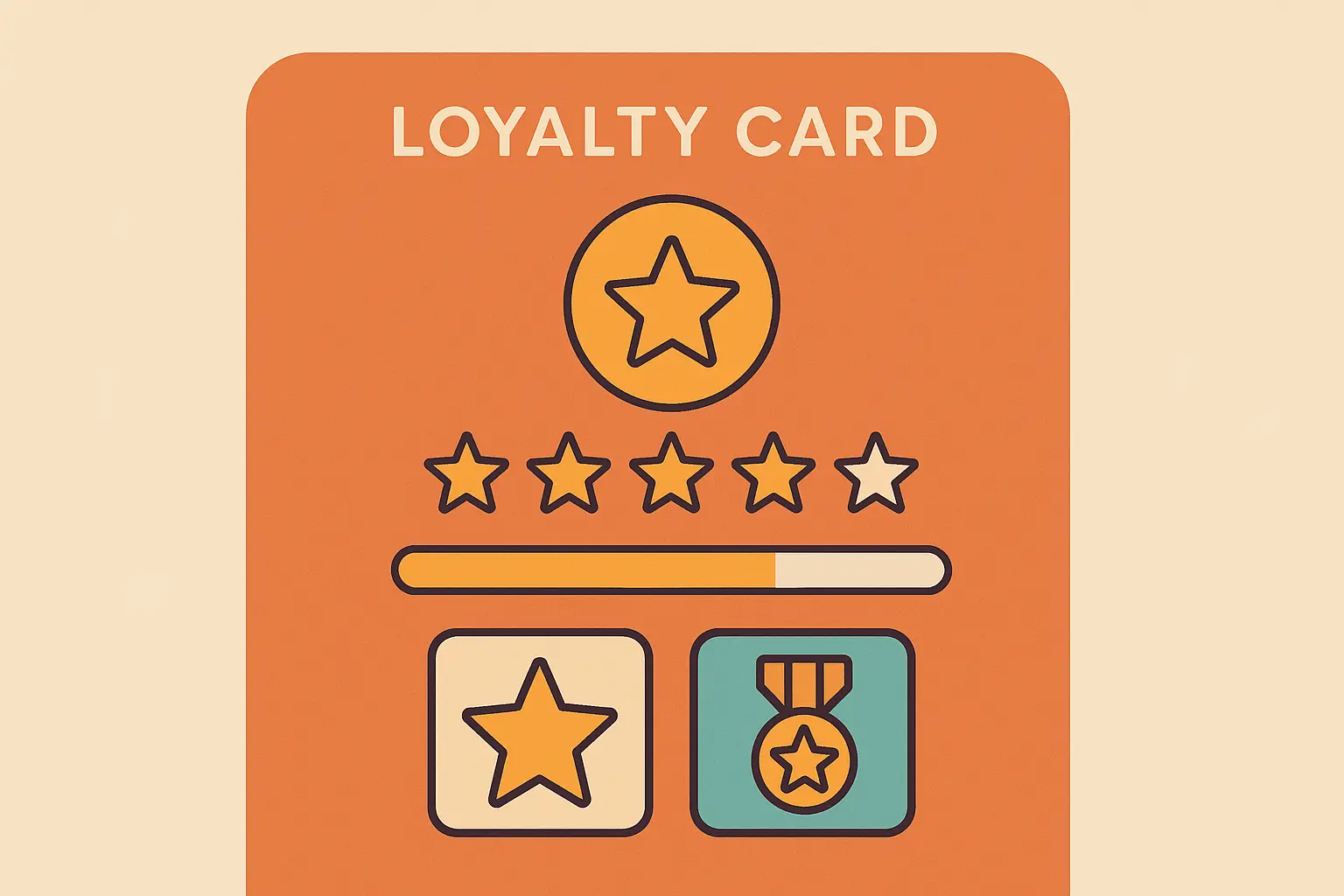
Omnichannel Experience: Seamless Integration Across Touchpoints
Making everything work together seamlessly sounds easy, but it’s incredibly complex behind the scenes. Mobile ordering was convenient for customers but created headaches for stores.
Think about it from the barista’s perspective – you’re making drinks for people standing in front of you, plus mobile orders that need to be ready when people show up to pick them up. Get the timing wrong, and everyone’s frustrated.
Stores had to redesign their layouts with separate prep areas for mobile orders. Staff needed training on managing multiple order streams at once. The technology had to coordinate timing so your drink was ready when you walked in, not sitting there getting cold for 10 minutes.
The customer experience had to feel effortless. Accurate wait times, consistent quality, easy pickup – any friction could send people back to just ordering in person.
|
Challenge |
How They Fixed It |
What You Actually Noticed |
|---|---|---|
|
Order timing |
Real-time inventory sync |
Your wait time was actually accurate |
|
Quality consistency |
Standardized prep protocols |
Your mobile order tasted the same as in-store |
|
Workflow chaos |
Dedicated mobile stations |
Faster service for everyone |
|
Payment headaches |
Integrated POS systems |
Seamless payment experience |
|
Communication gaps |
Push notifications |
You knew exactly when to show up |
Stores had to evolve to handle digital orders while keeping that welcoming Starbucks atmosphere. They added dedicated mobile pickup areas, upgraded equipment for higher volume, and redesigned workflows to manage everything efficiently.
The real challenge was keeping that personal connection that made Starbucks special while serving customers who just wanted to grab and go. Stores needed to feel welcoming to both the laptop crowd and the quick pickup crowd.
Marketing Strategy: Building Emotional Connections at Scale
What really sets Starbucks apart isn’t just their coffee or convenience – it’s how they made people feel emotionally connected to the brand. Instead of competing on price or speed, they built something customers actually cared about and felt proud to support.
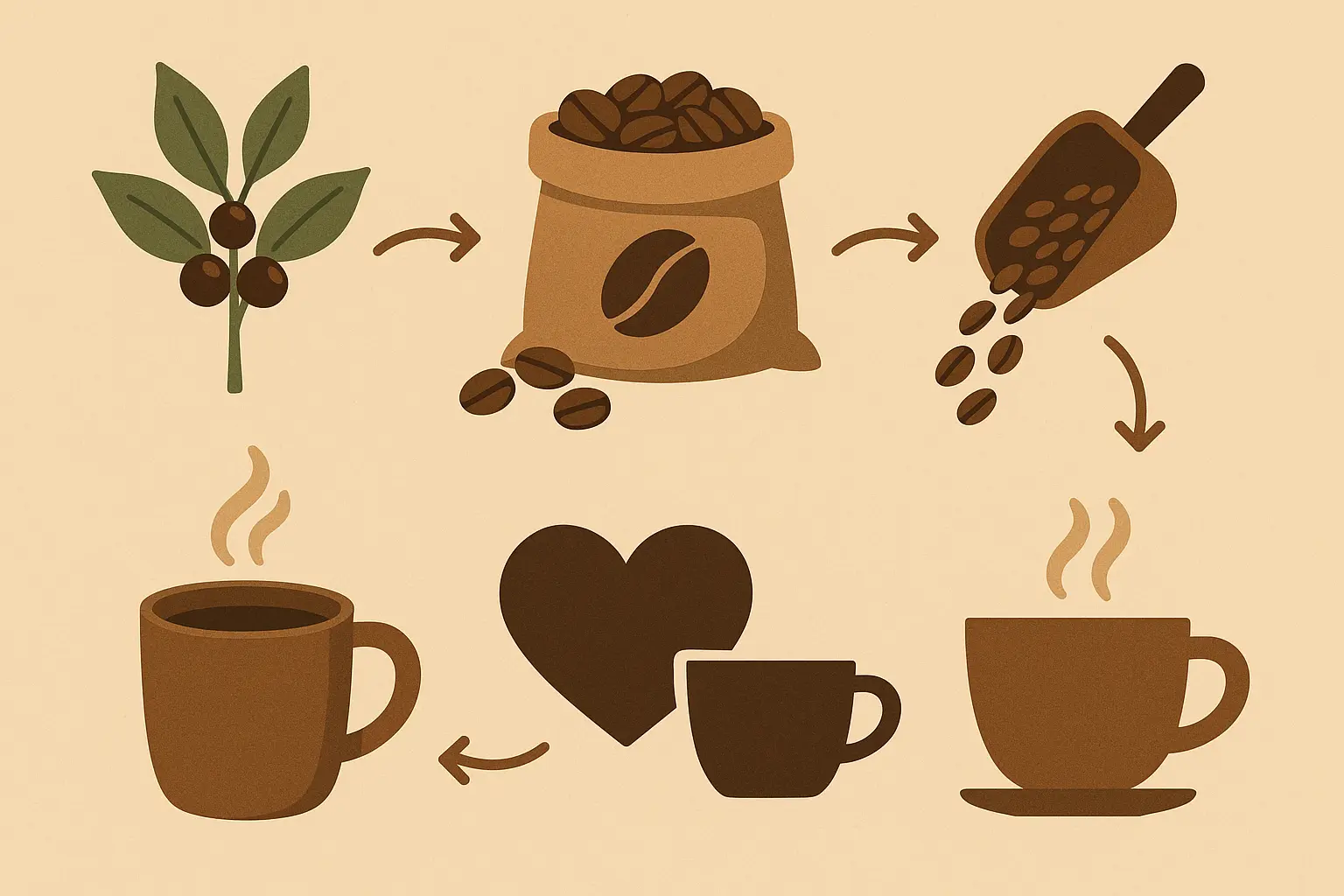
Emotional Branding: Stories That Resonate
Here’s what Starbucks figured out early – people don’t just buy coffee, they buy into stories and values that make them feel good about themselves. Their storytelling focused on the craft of coffee making – the journey from bean to cup, the expertise of baristas, the care in sourcing and roasting. You weren’t just getting caffeine; you were participating in this whole coffee culture.
Community building became huge for them too. Starbucks positioned itself as bringing people together, supporting local communities, creating positive impact. This gave customers a reason to feel good about spending $5 on coffee beyond just the taste.
Social Impact Marketing: Values-Driven Brand Building
Starbucks leveraged social responsibility to align their brand values with customer values, creating deeper loyalty. Ethical sourcing meant farmers got fair pay while maintaining quality. Environmental initiatives addressed concerns about corporate responsibility. Taking stands on social issues showed brand values during controversial times.
But here’s the key – it had to be authentic. Customers can smell fake corporate activism from a mile away. Starbucks had to back up their stated values with real actions, investments, and policy changes that showed long-term commitment, not just good PR.
Measuring the effectiveness of these social impact initiatives requires comprehensive marketing ROI calculations to demonstrate how values-driven campaigns contribute to long-term brand loyalty and customer lifetime value.
What Actually Worked in Their Marketing:
-
Define core values and stick to them consistently
-
Tell authentic stories that resonate with your audience
-
Keep visual identity consistent everywhere
-
Back up social responsibility with real action
-
Train staff to actually embody brand values
-
Monitor what people think and adjust accordingly
-
Have crisis communication plans ready
-
Measure emotional connection, not just sales
Premium Positioning in Mass Market: Quality at Scale
Here’s the tricky part – how do you charge premium prices while serving millions of customers? Starbucks pulled this off because customers perceived superior value in the complete experience, not just the coffee.
People willingly paid more because they got atmosphere, convenience, service, and yeah, a little social status from carrying that green logo. The value went way beyond the drink itself.
But quality consistency was crucial. Premium pricing only works if customers get consistently superior experiences. Any drop in quality, service, or atmosphere could kill the value perception that justified those higher prices.
Competitive Differentiation: Standing Out in a Crowded Market
Against independent coffee shops, Starbucks offered consistency, convenience, and scale. You knew what to expect at any location worldwide. Mobile ordering, rewards, and being everywhere provided advantages small shops couldn’t match.
Against fast-food chains, Starbucks emphasized quality, atmosphere, and experience. Sure, McDonald’s coffee might be cheaper, but Starbucks provided a superior environment and product quality that justified the price difference.
Expanding into food, merchandise, and packaged goods while staying coherent as a brand required careful development. Food offerings had to complement coffee and encourage longer visits. Merchandise let customers extend the Starbucks experience at home while generating extra revenue.
Bringing Starbucks into grocery stores through packaged goods expanded brand presence and created new revenue streams. But these products had to maintain quality standards to avoid cheapening the premium image.
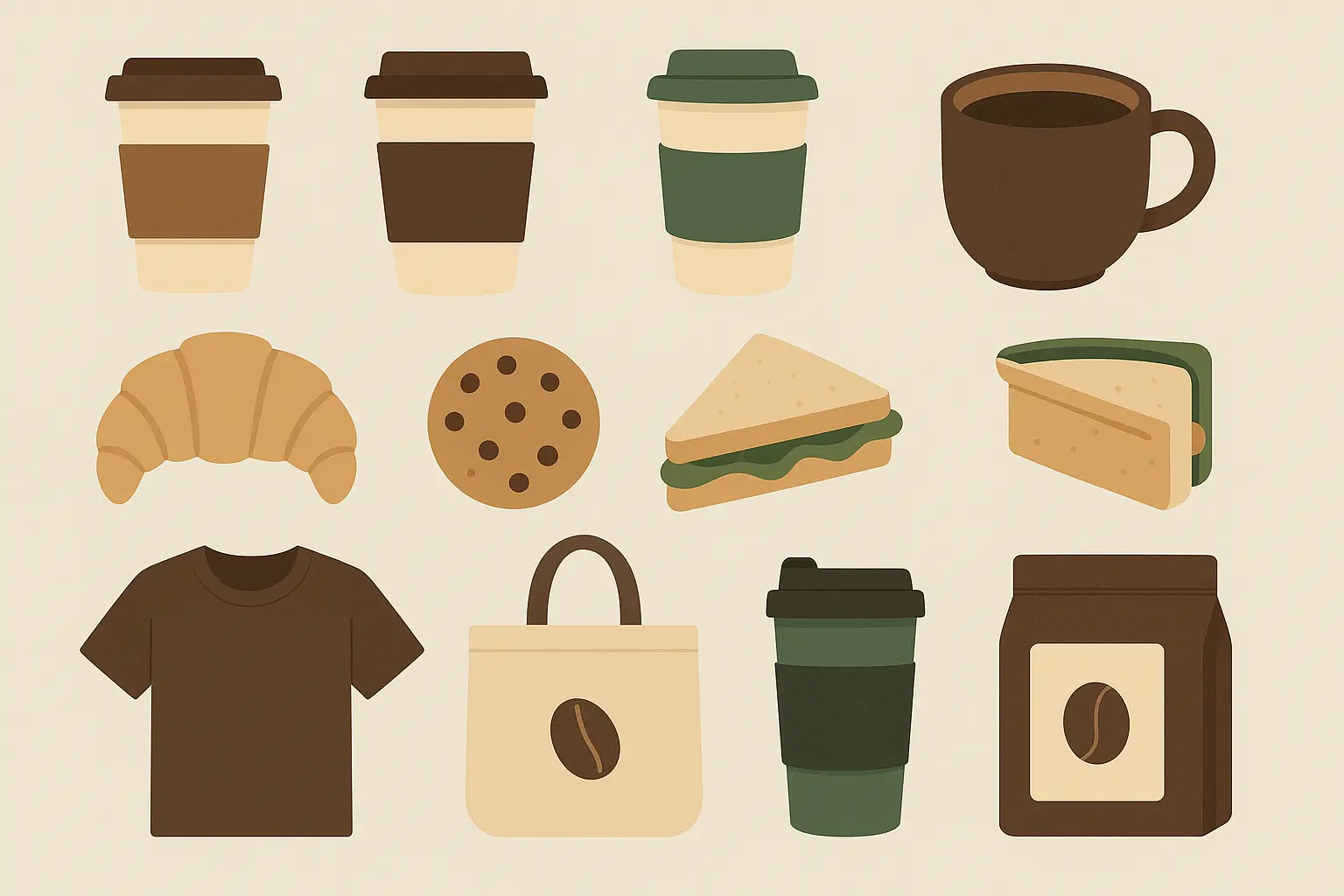
Crisis Management: Turning Challenges into Growth Opportunities
What really impresses me about Starbucks is how they handled major crises – they were willing to take expensive, disruptive action when it was the right thing to do. Their crisis management showed how companies can navigate challenges while keeping brand integrity and customer loyalty intact.
Economic Downturn Response: Strategic Cost Management
During the 2008 financial crisis, Starbucks faced declining sales and needed to cut costs without destroying what made them special in the first place.
Store closures focused on locations that weren’t performing – low sales, high costs, oversaturated markets. The goal was reducing expenses while keeping convenient access for loyal customers. Communication was key here. Customers needed to understand this was about optimization, not financial trouble. They promoted alternative locations to minimize inconvenience.
Menu simplification meant removing items with low sales, complex preparation, or expensive ingredients. They wanted to reduce operational headaches while keeping what customers valued most. The challenge was maintaining variety and innovation while reducing complexity. People expected choice and seasonal offerings, but too many options created inefficiency and higher costs.
Social Responsibility and Controversy Management: Transparent Leadership
The The 2018 Philadelphia incident where two Black men were arrested while waiting at Starbucks created a national conversation about racial bias and corporate responsibility.
Starbucks’ response was unprecedented – they closed 8,000 stores for an afternoon to conduct racial bias training for 175,000 employees. This cost millions in lost revenue but sent a crystal-clear message about company priorities.
The training wasn’t just a one-time PR move. Starbucks implemented ongoing diversity programs, updated policies around customer interactions, and made long-term commitments to addressing systemic issues. This comprehensive approach showed genuine commitment rather than damage control.
The financial cost was huge, but the brand credibility gained was invaluable. Customers saw authentic leadership and real commitment to change, which strengthened loyalty among socially conscious consumers.
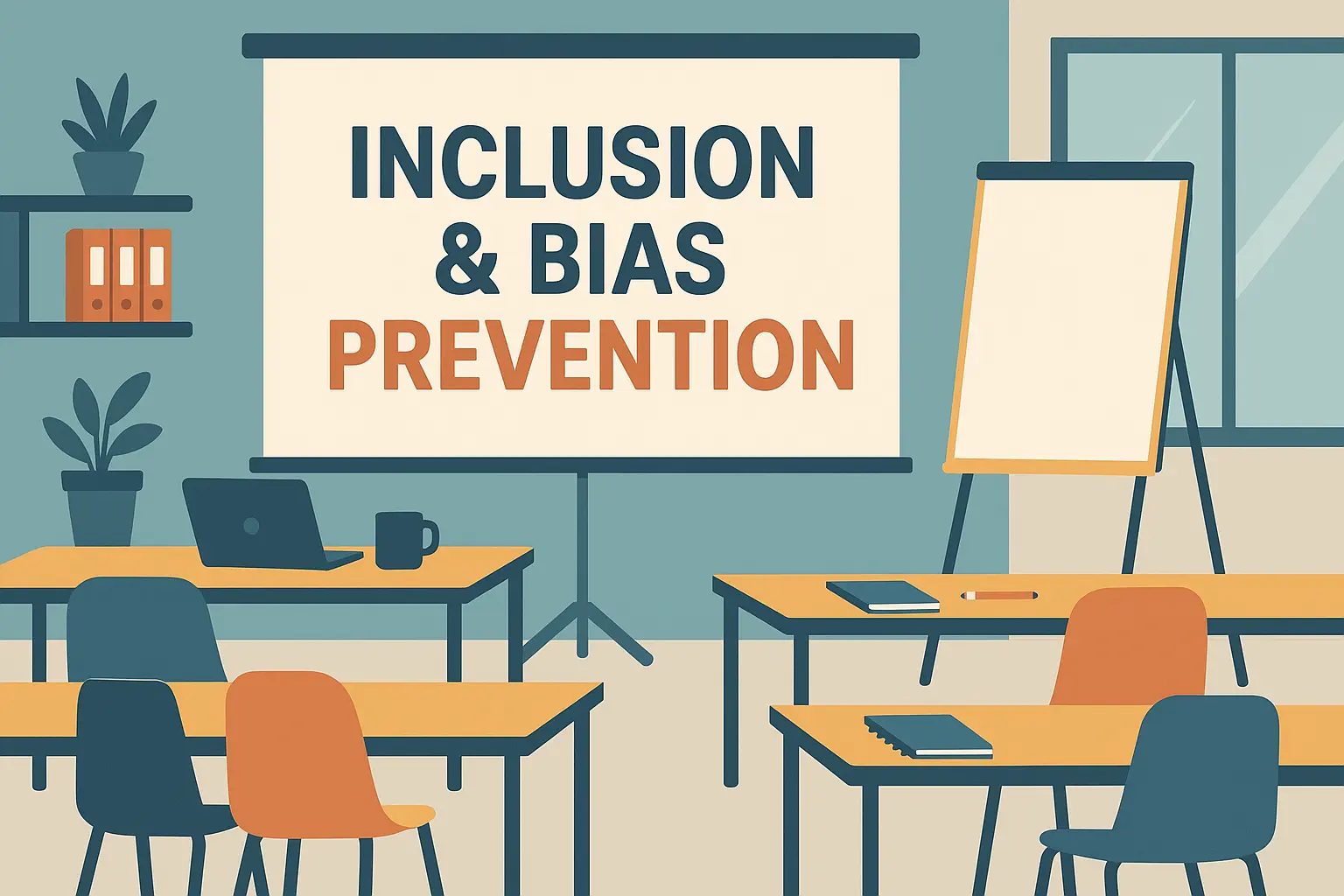
COVID-19 Pandemic Adaptation: Rapid Operational Pivots
The pandemic required immediate operational changes to keep business running while protecting everyone’s safety. Store operations were completely reimagined. Drive-through and mobile pickup became the primary ways to serve customers. Seating areas closed or got drastically reduced. Enhanced cleaning and safety measures rolled out everywhere.
The mobile app infrastructure they’d built over years suddenly became essential for survival. Customers could order contactlessly and pick up without entering stores. All that digital investment paid off when lockdowns hit.
Employee safety became the top priority. Starbucks provided hazard pay, expanded healthcare benefits, and implemented comprehensive safety training. These investments in employee welfare kept operations running during an incredibly challenging period.
The pandemic accelerated digital adoption and permanently changed customer behavior. Many people who’d never used mobile ordering became regular digital users. This shift created new opportunities for personalization and efficiency.
Understanding how to measure the success of crisis management strategies requires sophisticated ROAS calculations to evaluate the return on investments made during challenging periods and their long-term impact on brand recovery.
Crisis Management Framework That Actually Works:
-
Assess how severe the situation is and potential brand impact
-
Develop transparent communication strategy
-
Take immediate action when necessary
-
Implement long-term systemic changes
-
Monitor public sentiment and adjust response
-
Document lessons learned for next time
-
Measure recovery metrics and brand perception
-
Strengthen preventive measures and protocols
During 2020, Starbucks quickly pivoted to contactless service by expanding drive-through hours, implementing curbside pickup, and partnering with delivery services like Uber Eats and DoorDash to maintain customer access while keeping everyone safe.
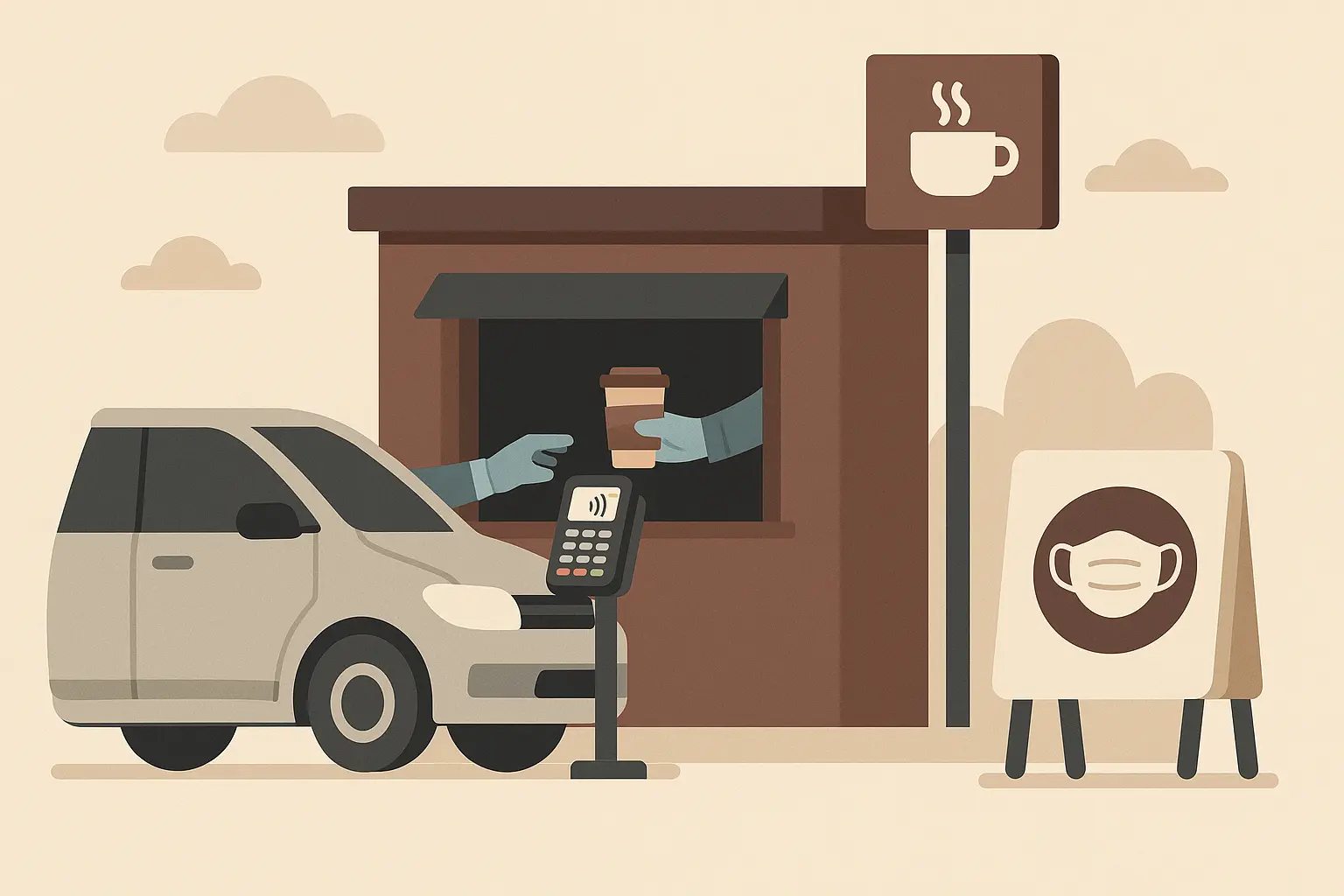
How The Marketing Agency Can Help You Build Your Own Success Story
Studying Starbucks’ journey shows the power of data-driven marketing and customer-centric brand building. The Marketing Agency specializes in helping businesses implement similar approaches through AI-driven analytics, omnichannel integration, and performance-based marketing strategies.
We get that sustainable growth comes from understanding customer behavior patterns and responding with targeted strategies – just like Starbucks used customer data to create personalized experiences and drive loyalty. Our team can help you develop comprehensive digital marketing systems that integrate seamlessly across multiple touchpoints while maintaining consistent brand messaging.
Whether you’re looking to build stronger customer relationships, implement data-driven personalization, or create crisis-resistant marketing strategies, we provide the technical expertise and strategic framework to achieve measurable results.
Our approach combines proven methodologies with cutting-edge tools to deliver high-impact content strategies that drive engagement and build lasting customer relationships across all marketing channels.
Ready to transform your marketing approach? Contact The Marketing Agency today to discover how we can help you build lasting customer connections and drive sustainable growth.
Final Thoughts
The Starbucks story shows that successful marketing goes way beyond advertising and promotion – it’s about creating genuine value for customers through superior experiences, authentic brand values, and consistent execution everywhere they encounter your brand. Their journey from small Seattle coffee roaster to global empire gives us actionable insights for businesses of any size looking to build stronger customer relationships and sustainable competitive advantages.
The key takeaways center on understanding customer needs deeply, using technology to enhance rather than replace human connections, and maintaining authentic brand values even when things get tough. Success comes from consistent execution of customer-focused strategies rather than chasing marketing trends or looking for shortcuts.


